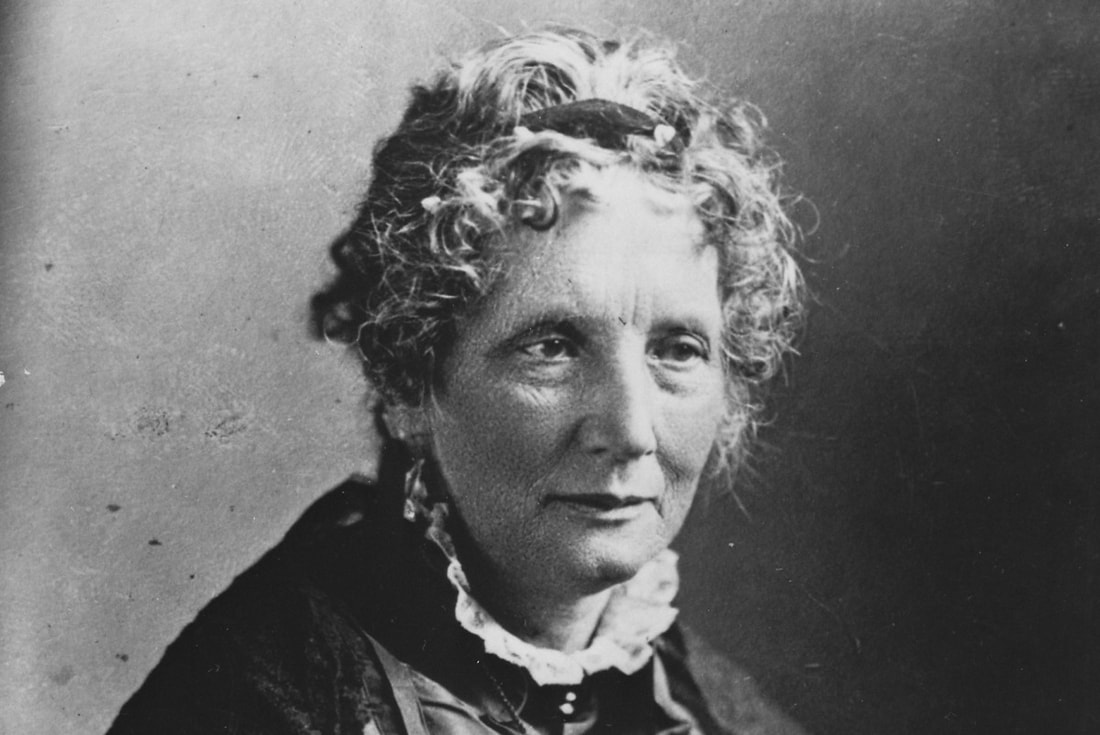
“But what can any individual do? Of that, every individual can judge. There is one thing that every individual can do—they can see to it that they feel right.” [her emphasis]
I find myself thinking about this challenge, and her emphasis, during the bombing and invasion of Gaza. What does it mean for me to see to it that I “feel right” about what’s going on? And what qualifies as “feeling right?” Who can be the judge of what “right” means?

It also means listening to my friends who are often expressing themselves with unfiltered rage, grief, and alarm and from every conceivable point of view. It means listening to friends who are triggered, who are in post-traumatic states. It means listening to friends who are absorbing and responding to horrific propaganda. It means listening to dissociation, demonization, dehumanization, projection, denial, and selective amnesia. It means maintaining compassion in the face of verbal abuse. It means being wildly misunderstood and developing the algorithms for determining where, when, and how it might be productive to attempt to make myself understood.
It means distrusting what I hear and still listening. It means maintaining integrity and emotional sobriety when I become the target of outrage by people who are traumatized. It means responding to, but not reacting to baiting and catcalls. It means holding a number of contradictory emotions and scenarios simultaneously.
It means understanding that “feeling right” is an elusive and subjective state, an ever-receding horizon, and that the striving towards it is the closest I can ever come to achieving it.

And of course, in terms of action to take, she has been clear: “Of that every individual can judge.”
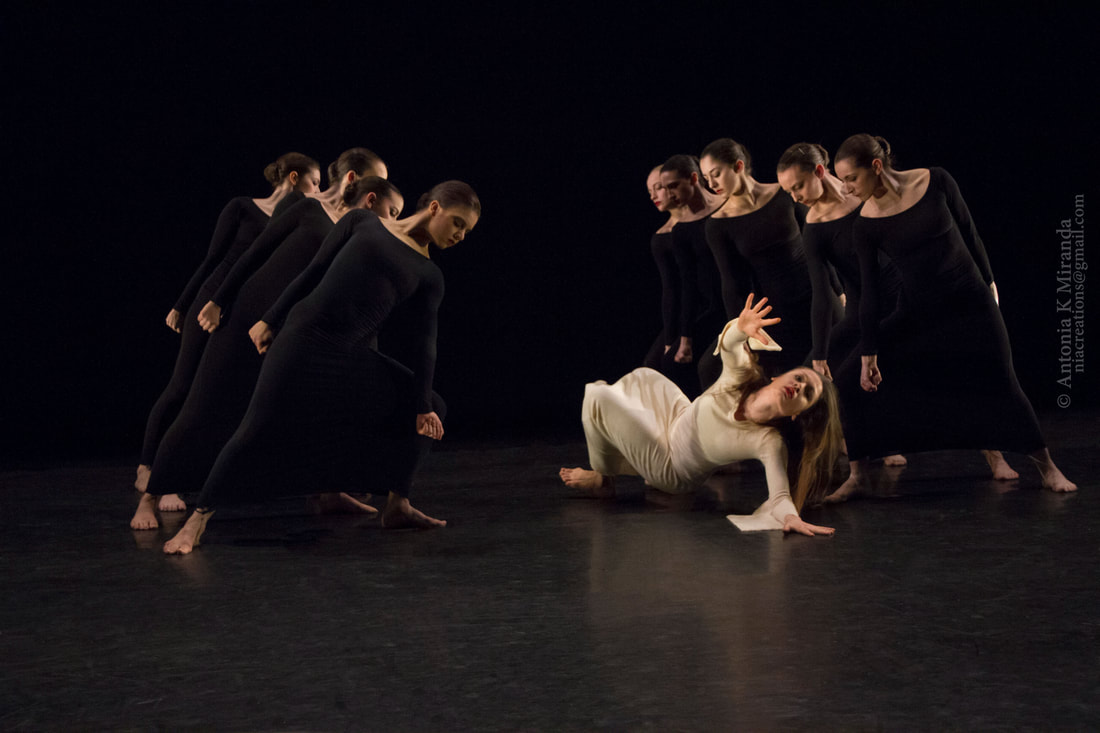



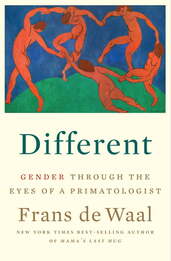
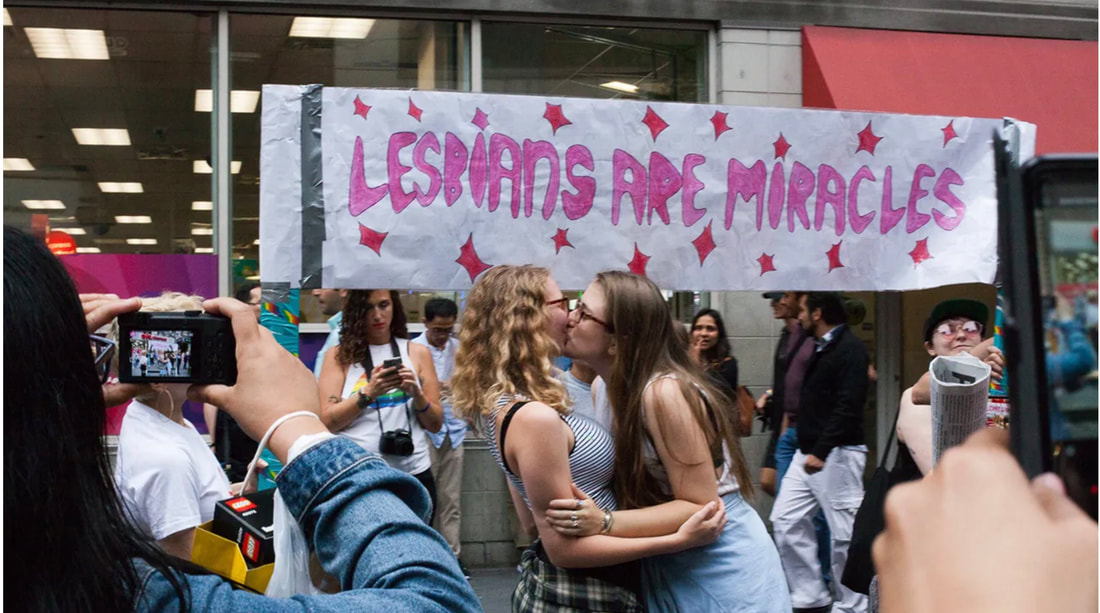

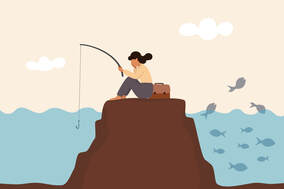
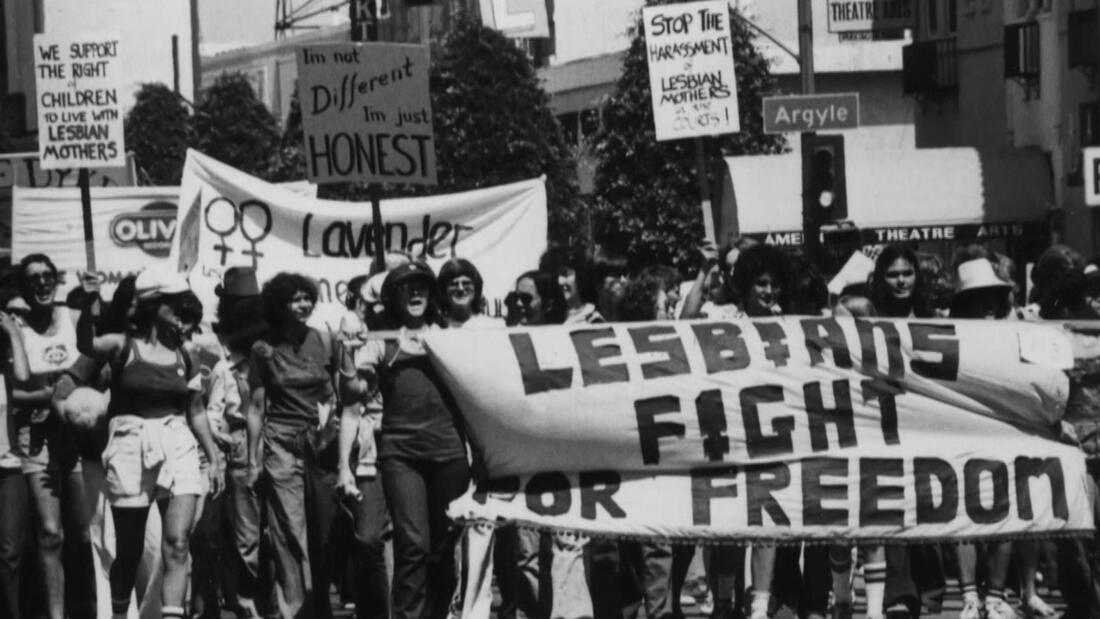
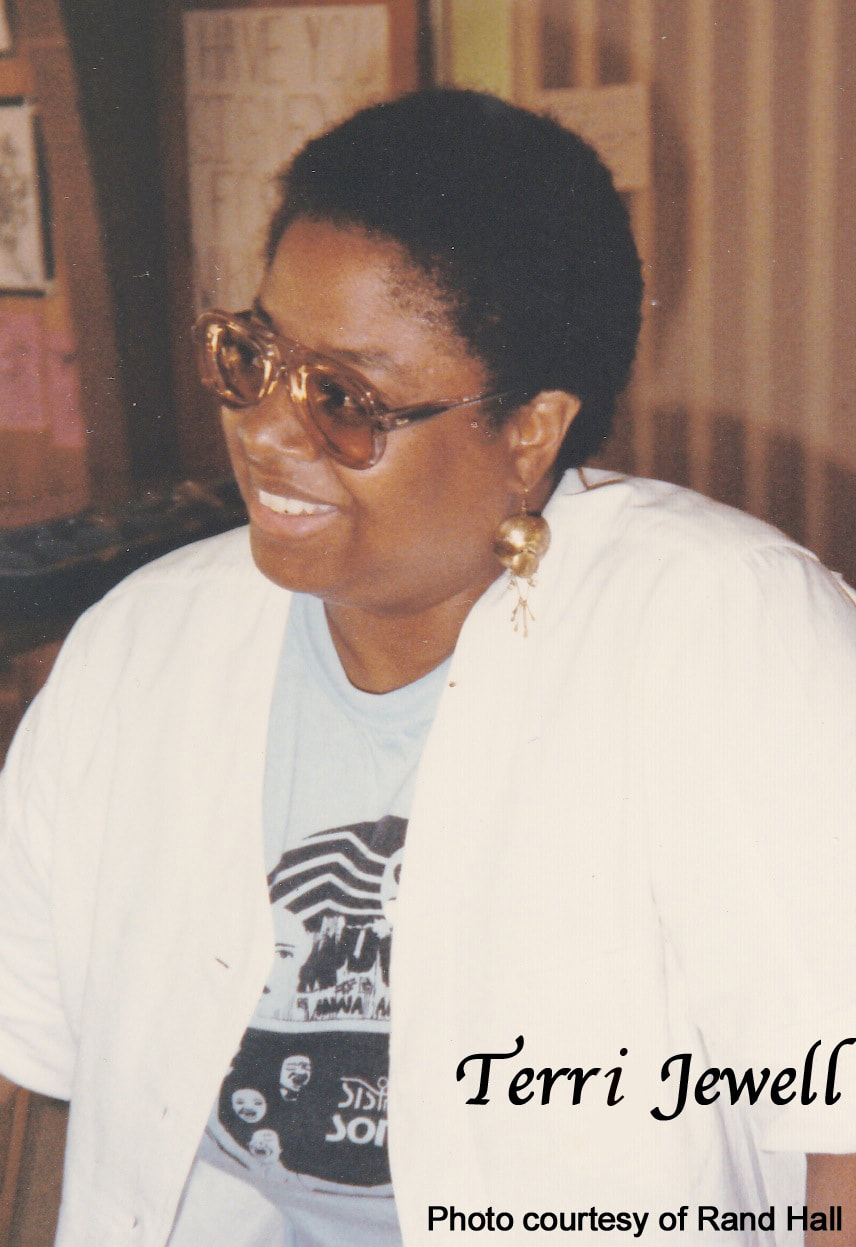
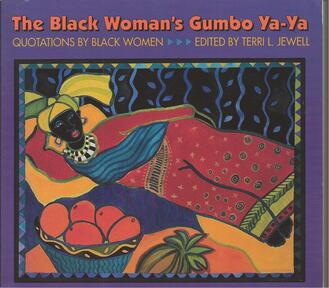
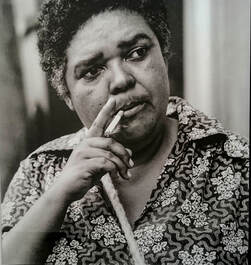
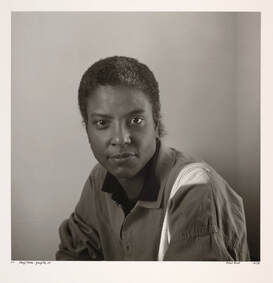
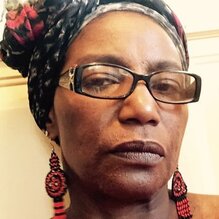
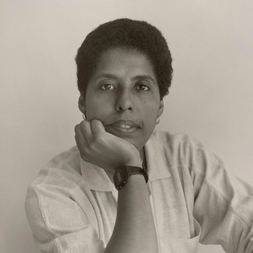

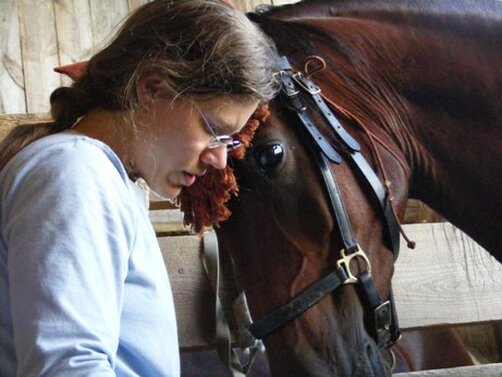
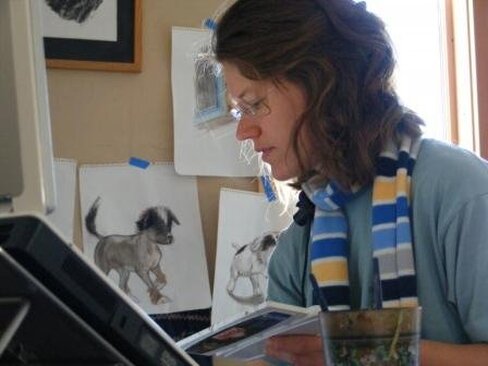
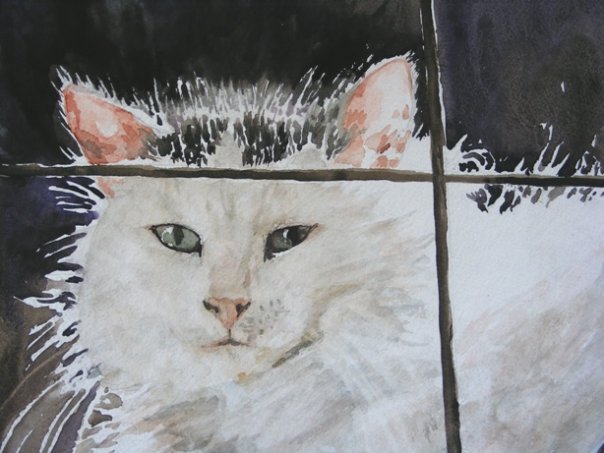
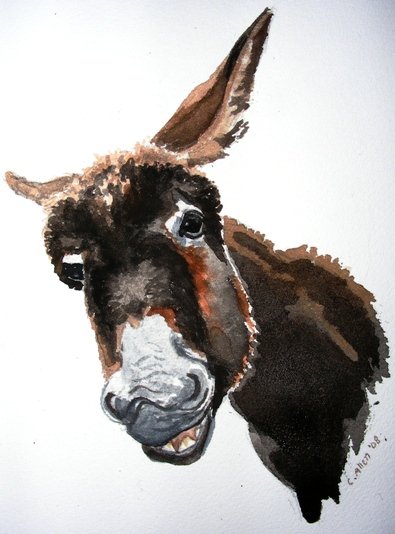
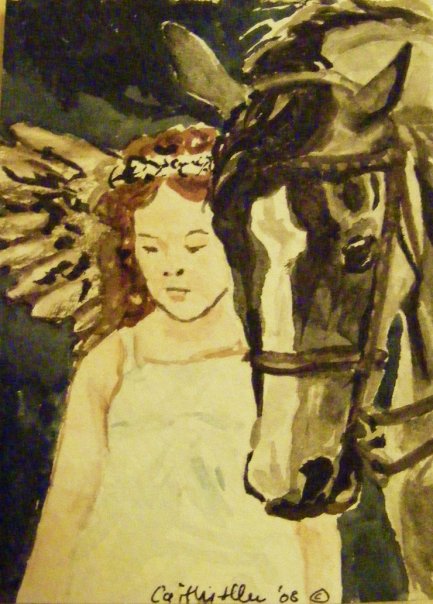
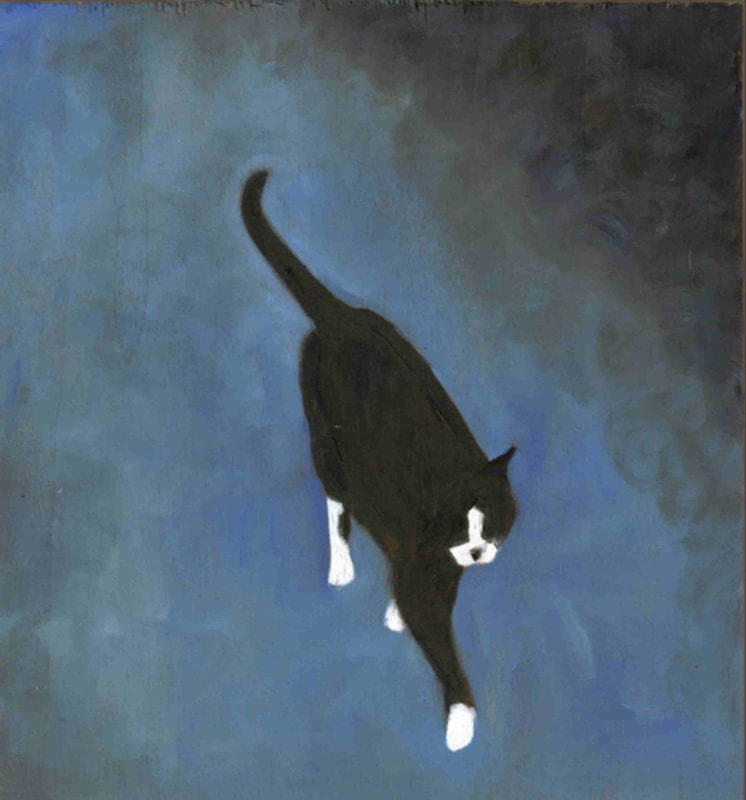


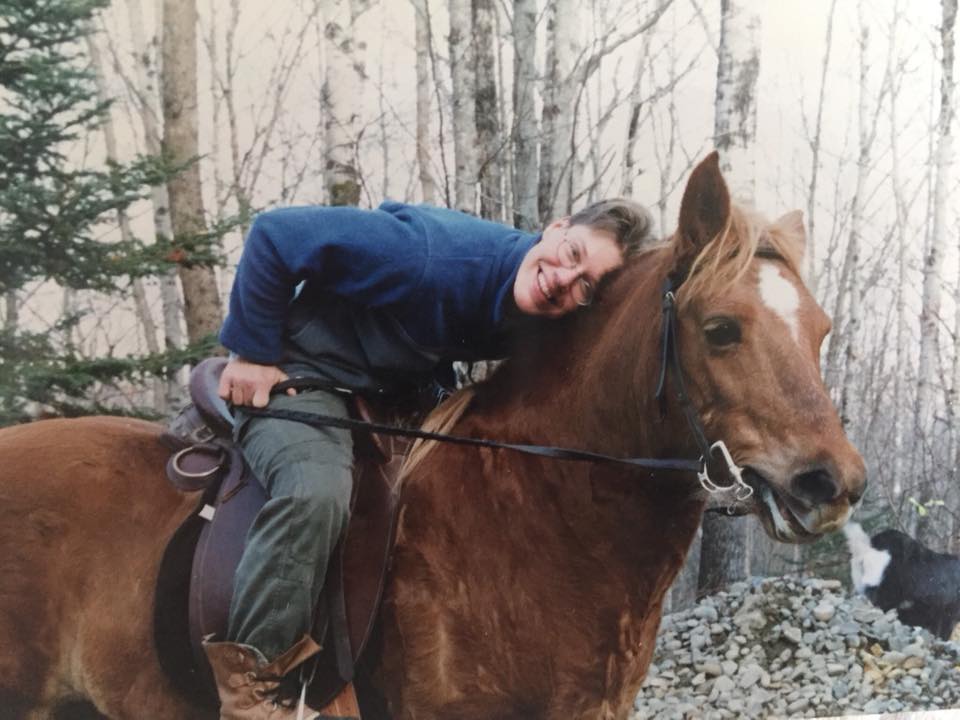
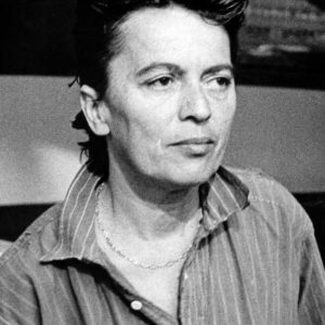
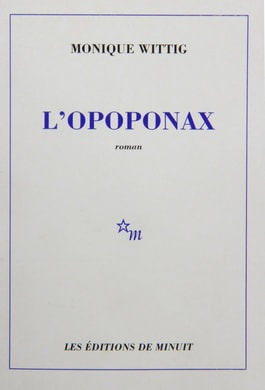
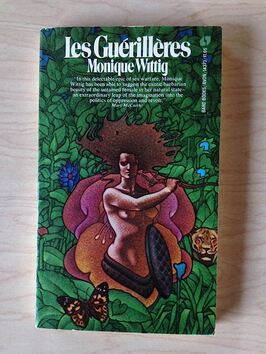
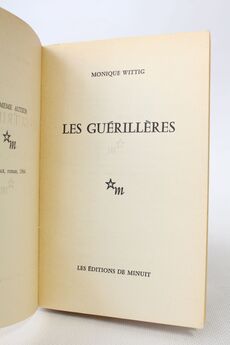
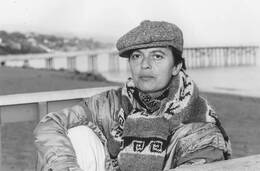
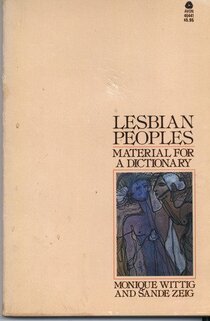
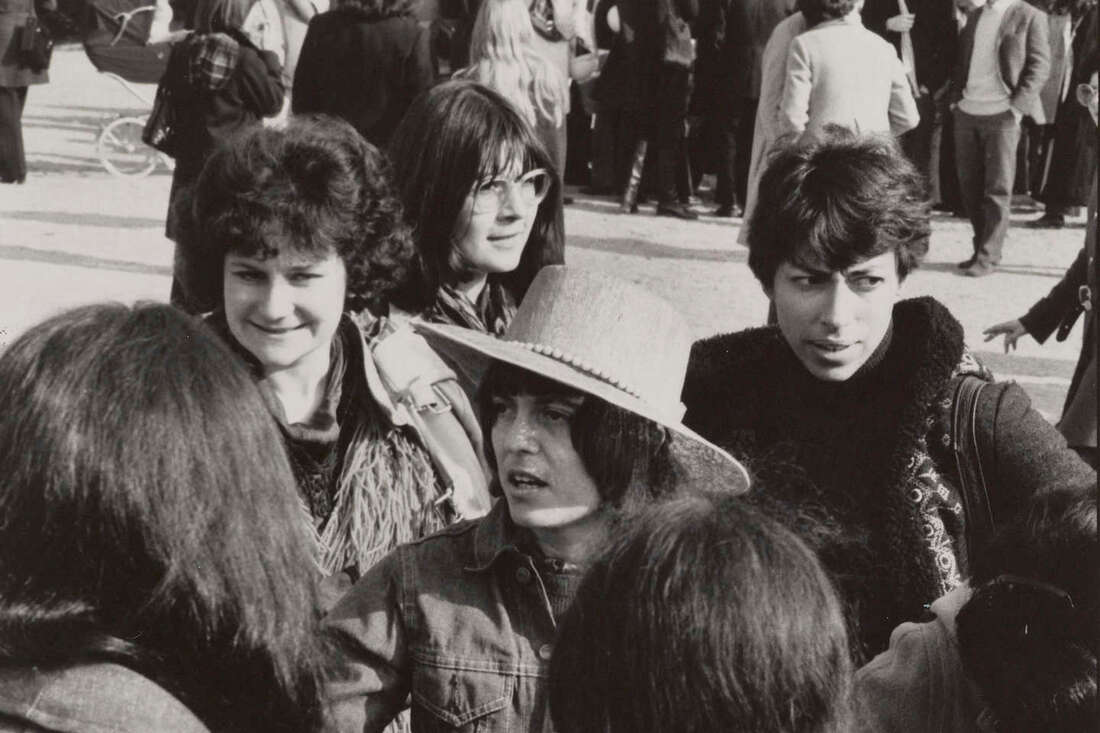

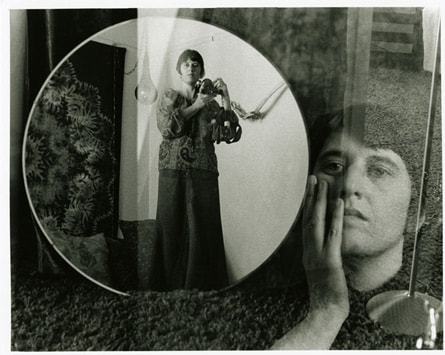
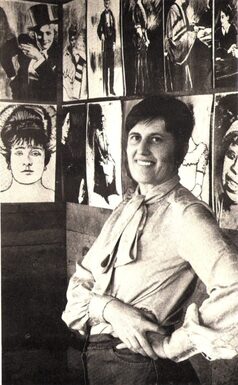
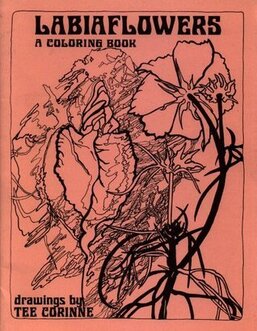
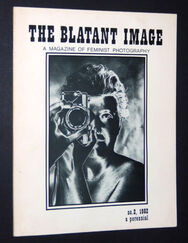
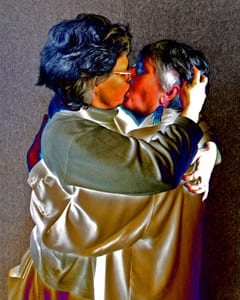
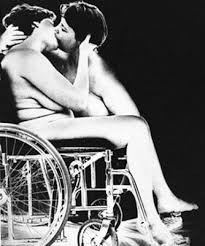

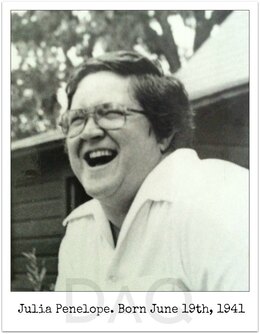
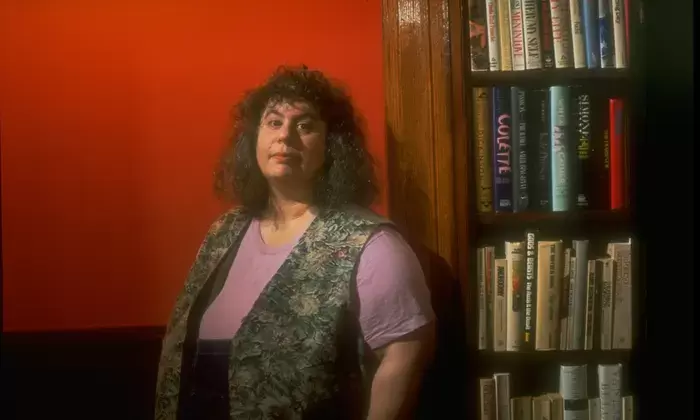
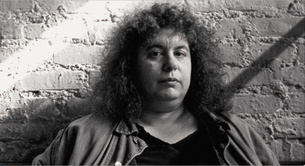
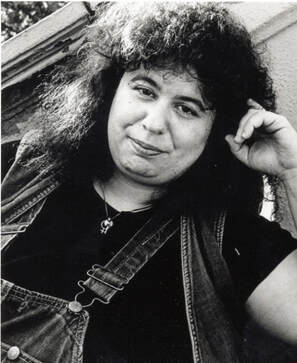

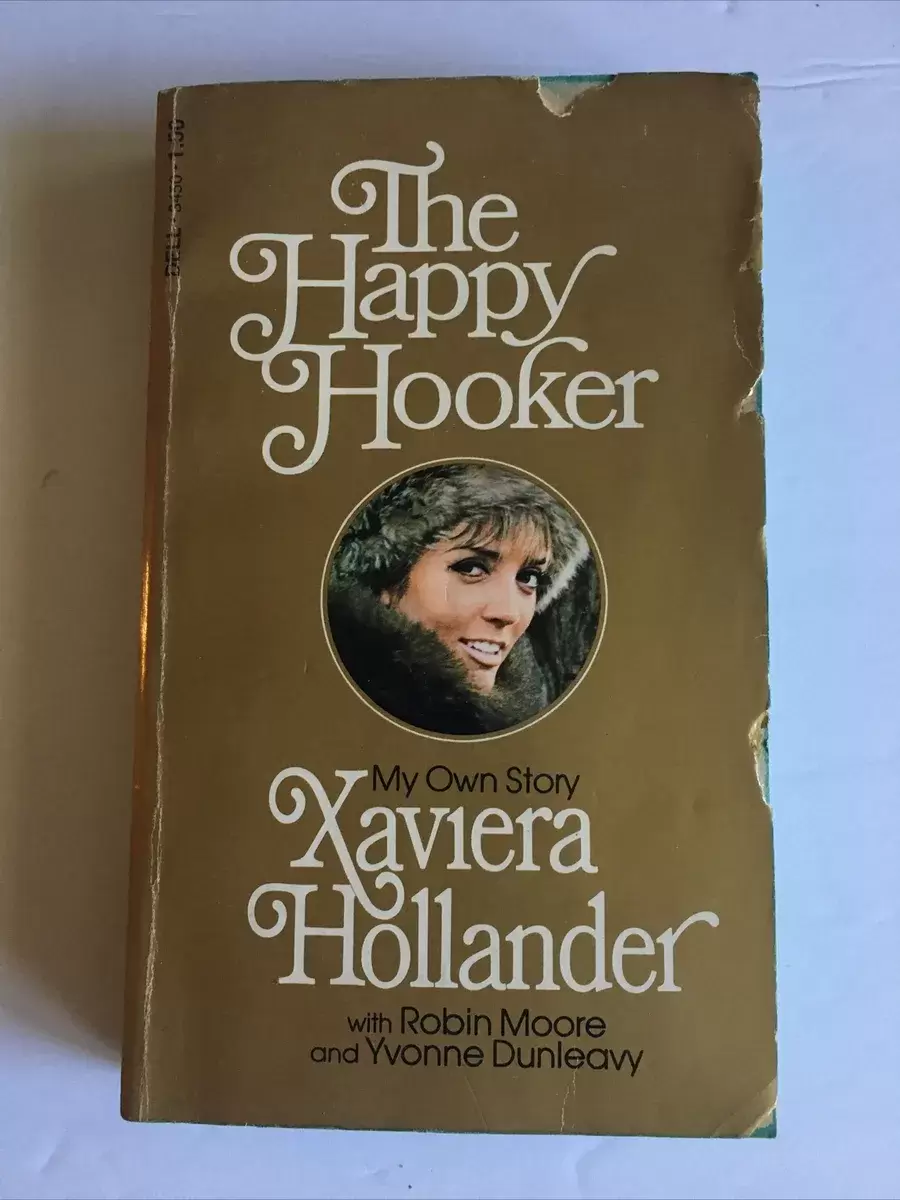
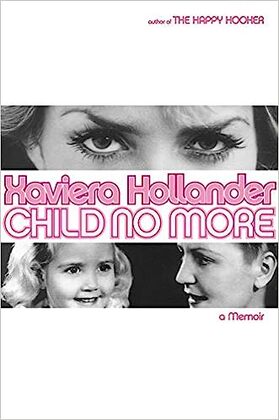
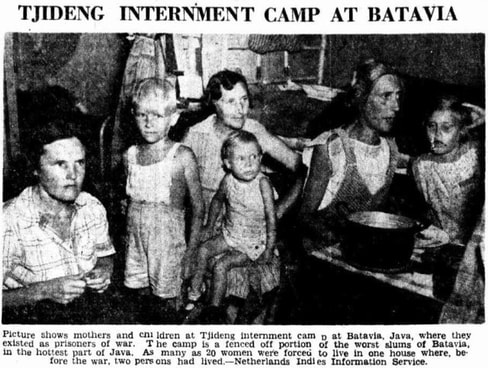
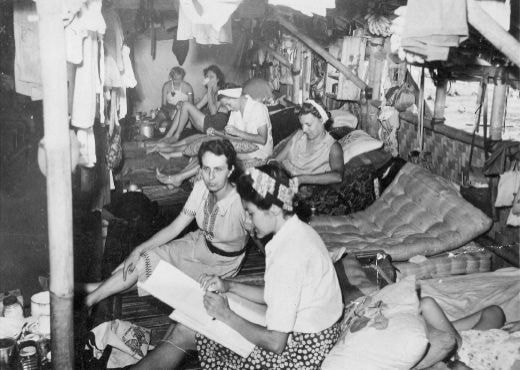
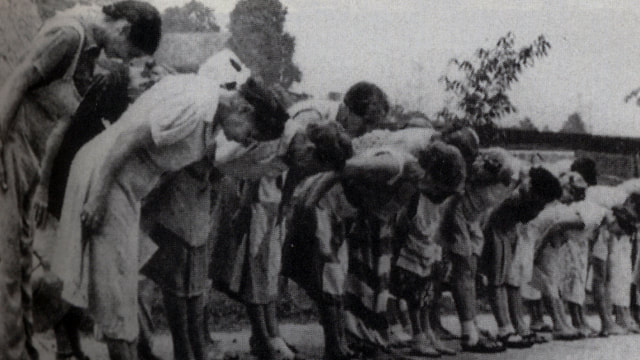

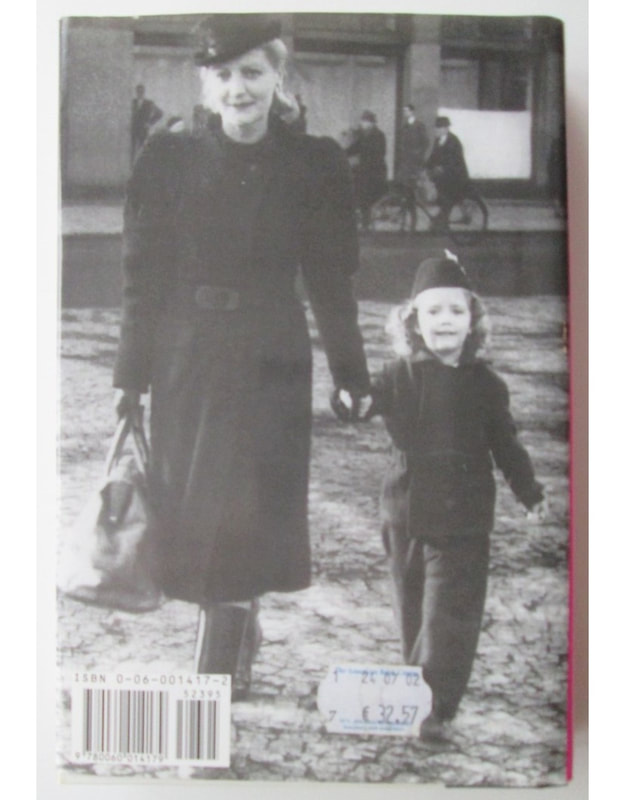
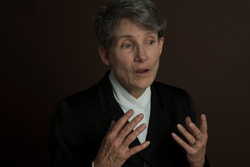
 RSS Feed
RSS Feed
